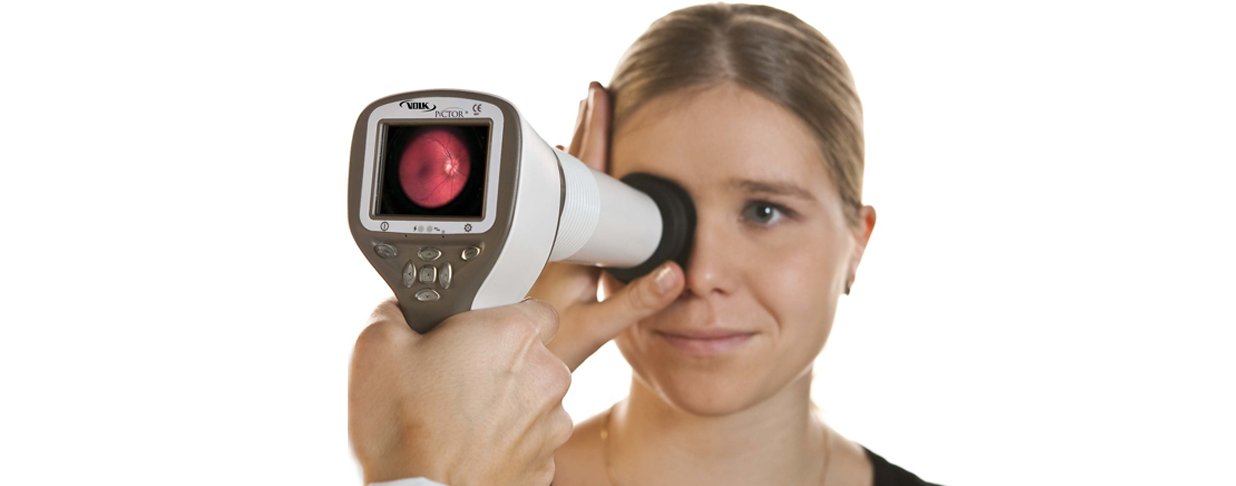In many industries and for many work duties, the reasons prescription safety eyewear can be a good idea are as obvious as…well, as the glasses on your face. But the numbers behind the reasons tell an even more compelling story – and since this is Workplace Eye Wellness Month, it’s the perfect time to examine this story in greater depth to see how adding prescription safety eyewear to your vision benefits can pay off.
Each day more than 2,000 workers suffer an eye injury[1], according to the Bureau of Labor Statistics. These injuries are not only painful or even devastating for the workers involved, they’re costly for employers.
• About 1 in 10 injuries require 1 or more missed workdays to recover. Of the total work-related injuries, 10-20 % will cause temporary or permanent vision loss.[2]
• The Occupational Safety and Health Administration reports eye injuries alone cost more than $300 million per year in lost production time, medical expenses, and worker compensation.[3]
• The U.S. Bureau of Labor Statistics found Americans miss approximately 27,450 days of work because of eye injuries.[4]
• 72% of all eye injury cases occurred in manufacturing, construction, trade (wholesale and retail) or educational and health services.[5]
• The Vision Council estimates up to 70% of the workforce need some sort of vision correction[6], and with those numbers expected to rise as workers age[7], it’s likely a significant portion of a manufacturer’s employee base can benefit from a prescription safety eyewear program.
These facts support the need for safety glasses on the job, and comprehensive employer-sponsored benefits for prescription safety glasses are a great addition to an employee’s overall benefits package. So what should employers look for in evaluating a prescription safety eyewear program?
5 things to look for in an Rx safety eyewear program
1. Safety glasses that are no-cost or low-cost to employees. Workers may view prescription safety eyewear as a discretionary purchase, not a “must-have.” The best way to overcome this is to offer a prescription safety benefit with little or no out-of-pocket cost for the employee that includes a flexible allowance that covers most frames and lenses in full, plus savings on lens add-ons the workers may want, like anti-reflective coating.
2. A program that meets federal standards for safety eyewear. You’ll want to check that the program includes only safety frames and lenses that meet or exceed American National Standards Institute (ANSI) safety certification standards.
3. Access and convenience with the provider network. Second- and third-shift employees or those in remote locations need eye care provider options that work with their schedules. To meet their needs, an effective prescription safety eyewear program should have a large network that includes both retail and private practice providers, with extended night and weekend hours. It’s also important the benefit company has ensured participating providers are familiar with the safety program and its available frame selection.
4. A program that is easy to administer and use. It should be turn-key for both employers and employees. Communication to workers needing safety eyewear may be challenging, so it’s important that the vision benefit supplier makes it as easy as possible by supplying an array of supporting materials – sample eyewear kits for the company locations, brochures and customizable flyers, table tents and more.
5. A program offering frame choices employees would want to wear. As many as 90% of all workplace eye injuries can be avoided by using proper safety eyewear,[8] and comfort, fit and styling all play an important role in the selection process, a finding made by Honeywell in its 2011 Rx Safety Eyewear Market study[9]. For this reason, and because employer requirements for safety eyewear vary, look for a flexible benefit that meets the employer’s safety needs and gives workers access to a wide variety of the latest frame styles and colors.
The workplace can be tough on eyes, and we want to help. Check out EyeMed’s Safety Eyewear program. Or, contact your EyeMed account manager to learn how to add it to your EyeMed benefit. Don’t already have EyeMed benefits? Visit starthere.eyemed.com to learn more and/or request that a representative contact you.
BL-1803-CB-394
Sources
1. National Institute for Occupational Safety and Health: https://www.cdc.gov/niosh/topics/eye/ September, 2017.
2. Prevent Blindness: Eye Safety at Work. https://www.preventblindness.org/eye-safety-work
3. “Safety and Health Topics / Eye and Face Protection,” accessed Jan. 24, 2018, at https://www.osha.gov/SLTC/eyefaceprotection/.
4. U.S. Bureau Of Labor Statistics, Compensation And Working Conditions: “Workplace Injuries Involving The Eyes, 2008”; February 23, 2011. https://www.bls.gov/opub/mlr/cwc/workplace-injuries-involving-the-eyes-2008.pdf.
5. U.S. Bureau Of Labor Statistics, Compensation And Working Conditions: “Workplace Injuries Involving The Eyes, 2008”; February 23, 2011. https://www.bls.gov/opub/mlr/cwc/workplace-injuries-involving-the-eyes-2008.pdf.
6. Birch, Daniel, “Vision Correction and Workplace Safety: What You Need to Know to Develop A Stronger Safety Eyewear Program,” accessed Feb. 5, 2018, at https://www.honeywellsafety.com/WorkArea/DownloadAsset.aspx?id=4294971376
7. Ibid.
8. "Ten Ways To Prevent Eye Injuries At Work," at https://www.preventblindness.org/ten-ways-prevent-eye-injuries-work.
9. Birch, Daniel, “Vision Correction and Workplace Safety: What You Need to Know to Develop A Stronger Safety Eyewear Program,” accessed Feb. 5, 2018, at https://www.honeywellsafety.com/WorkArea/DownloadAsset.aspx?id=4294971376




